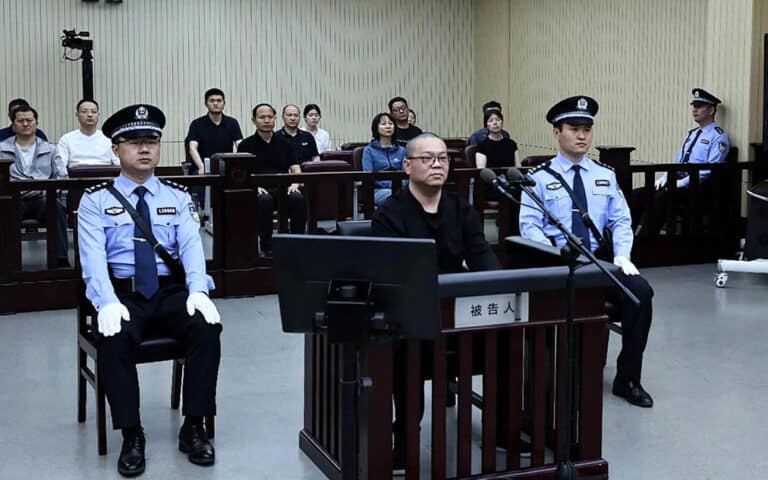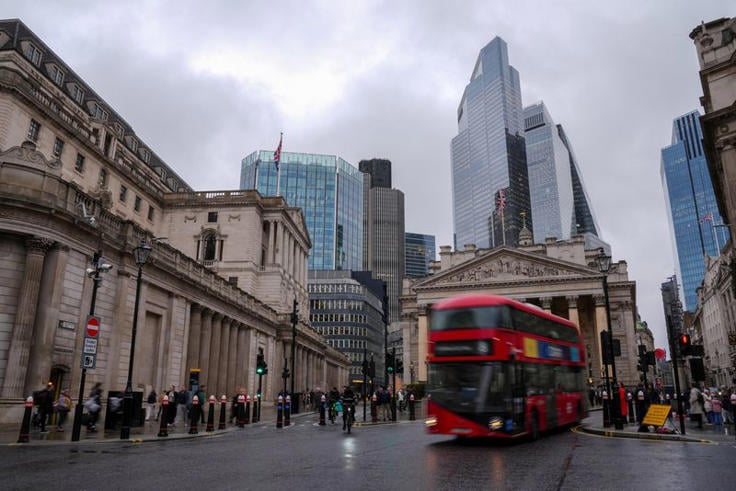
For the first time, Uzbekistan’s Centre for Economic Research and Reforms (CERR) has applied NASA night-time light (NTL) satellite data to assess economic activity at both regional and city levels. The analysis, powered by AI-based modelling, marks a significant step in modernising how economic trends are tracked across the country.
This approach, widely used in international research, offers an independent and timely way to monitor living standards and measure local development, especially in places where traditional data collection is limited or delayed.
The findings show a strong alignment between satellite data and official statistics. From 2020 to 2024, GDP per capita in Uzbekistan grew by 63.5%, rising from $2,011 to $3,287, according to NTL-based estimates. This closely mirrors the official figure of 59.4% growth.
Tashkent Leads in Growth
The capital, Tashkent, saw the largest increase, with per capita GDP rising by $3,200 over five years to reach $7,200. In districts like Mirabad, Yakkasaray and Yunusabad, the figure exceeded $9,000, nearly double the average for other major cities.
Among cities, Navoi topped the list in 2024 with $8,300 per capita GDP, followed by Zarafshan ($6,800), Samarkand ($5,700), Kokand ($5,600), Andijan ($5,100), Yangiyul ($5,000) and Karshi ($4,800).
Smaller and mid-sized cities like Termez ($4,500), Urgench, Margilan, Kattakurgan ($4,300 each) and Chirchik ($4,000) also showed strong economic performance.
Significant progress was also recorded in provinces such as Navoi (up $1,500), Namangan ($1,400), Fergana and Samarkand, with small and medium-sized cities like Zarafshan, Karshi, Chirchik, Margilan and Termez contributing to overall regional growth.
Urbanisation Trends Also Detected
The use of night-time light data also made it possible to assess the pace of urbanisation at the district level. Between 2020 and 2024, the number of areas with high light intensity, typically associated with urban zones, increased from 21 to 26.
At the same time, the number of poorly lit rural areas dropped from 129 to 102, indicating that 27 districts are undergoing a shift towards more urban development.
A Sign of Structural Transformation
International experience suggests that urban development, rising economic activity and an expanding services sector are clear indicators of successful structural transformation. Similar processes are currently underway in countries like Vietnam, Indonesia, Georgia and Azerbaijan.
In Uzbekistan, despite a still moderate level of income per capita, recent years have seen steady urban growth and a rise in business activity.
Kursiv also reports that Uzbekistan’s economic performance in the first half of 2025 showed marked improvement, with GDP growth reaching 7.2% year on year.













